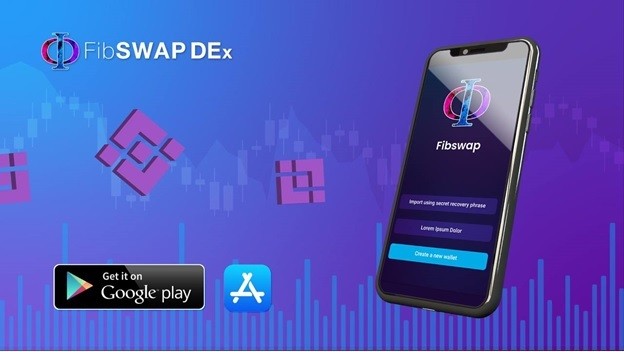
Your friend has convinced you to start investing a chunk of your salary in blue-chip cryptocurrencies. But how do you go about it? Should you use Uniswap or Binance?
On a more fundamental level, should you use a Centralized Exchange (CEX) or a Decentralized Exchange (DEX) to buy Bitcoin or Ether? You may be advised to proceed with a CEX because it is easy. However, a greater revolution awaits DEXs' widespread adoption.
DEX v. CEX: A Fair Comparison
There is no denying that CEXs are user-friendly, cheaper, and perhaps even quicker than DEXs. However, using CEXs involves a major compromise - ownership!
Unlike DEXs, CEXs do not allow users to retain complete custody of their assets, given the fact that there is a third party necessary to execute the trade.
With a DEX, however, the custody of the asset, that is, the ownership, is retained by the user throughout the execution of the trade. This functionality lets users take full benefit of censorship-resistant and trustless characteristics of crypto assets.
In simpler words, a centralized exchange always has access to your assets and is also more vulnerable to hacks.
Given the fact that DEXs cannot tamper with the assets of its users on the blockchain, it minimizes the possibility of malevolent hackers targeting the exchange and draining out your portfolio.
On the flip side, CEXs have rigid approval procedures before a token can be traded on their platforms. DEXs, on the other hand, have it easy for crypto project owners to offer their coins to the public, thus making them riskier.
Nevertheless, the advantage to DEXs is that it is possible to trade tokens that are not available on CEXs, giving investors a first-mover advantage and a chance to further diversify their portfolio.
Roadblocks in the DEX Revolution
There is no involvement of a third party in DEXs. Rather, transactions are processed via smart contracts and get directly recorded on the blockchain. For most chains, this translates into expensive gas fees for the transaction.
Further, transactions are subject to latency and execution delays. The duration of this is generally determined by the speed of the underlying blockchain, the gas fee, and the network's congestion level. DEX platforms rarely offer tech support, are starkly indifferent to UX, and are not beginner-friendly.
DEXs - The Future of Exchanges?
At the moment, CEXs overwhelmingly dominate the market. According to The Block Research, CEXs reported a trading volume of more than $14 trillion in 2021, with a year-on-year surge of 689%.
On the other hand, DEXs have been witnessing a record-high increase in trading volumes up to the tune of 858% compared to last year! The growing popularity of DEXs stems from the fact that they are becoming increasingly accessible.
DEX projects like FibSwap, a multi-chain decentralized exchange, aim to provide simple and clear services with a neat UI. Further, FibSwap is looking to improve access with its DEX mobile application that is now available on Android and IOS. This is the first time ever that a DEX will be made available as a mobile application, adding tremendously to the accessibility of these novel platforms.
Additionally, the transition of Ethereum to Ethereum 2.0 in a bid to offer easy scalability, lower gas, and lower congestion could spur the growth of DEXs even more.
If the trend continues, there is no doubt that we could see DEXs, like FibSwap, taking over popular CEX platforms such as Binance, Kraken, and KuCoin and emerge winners of the race!
The future is decentralized!
* This is a contributed article and this content does not necessarily represent the views of techtimes.com








